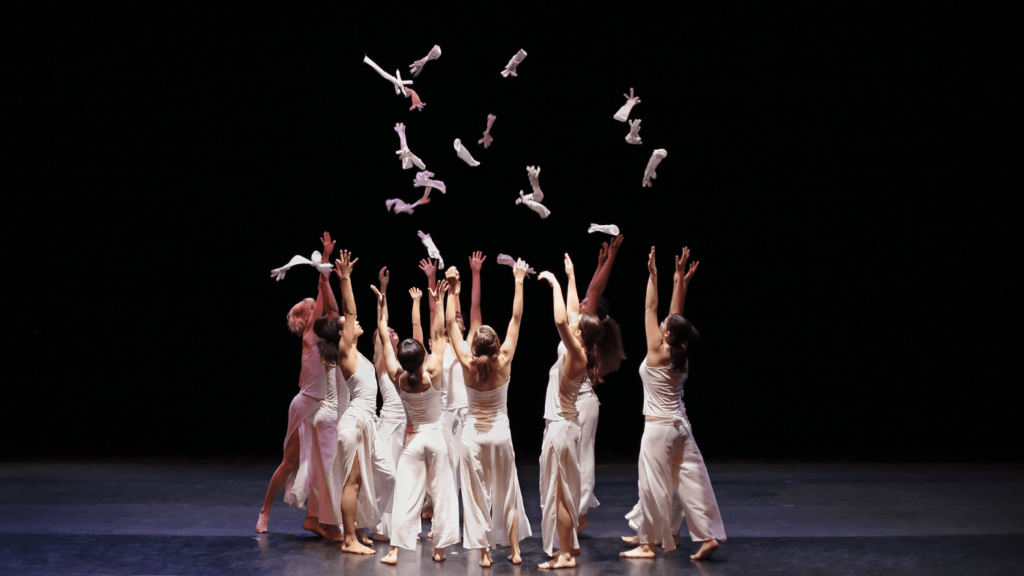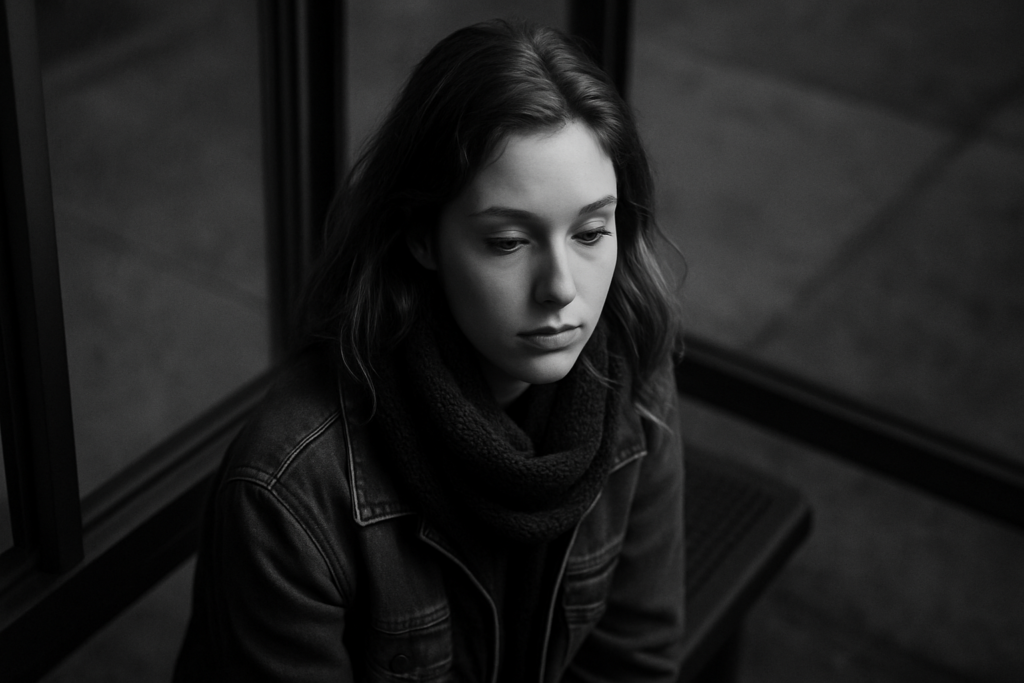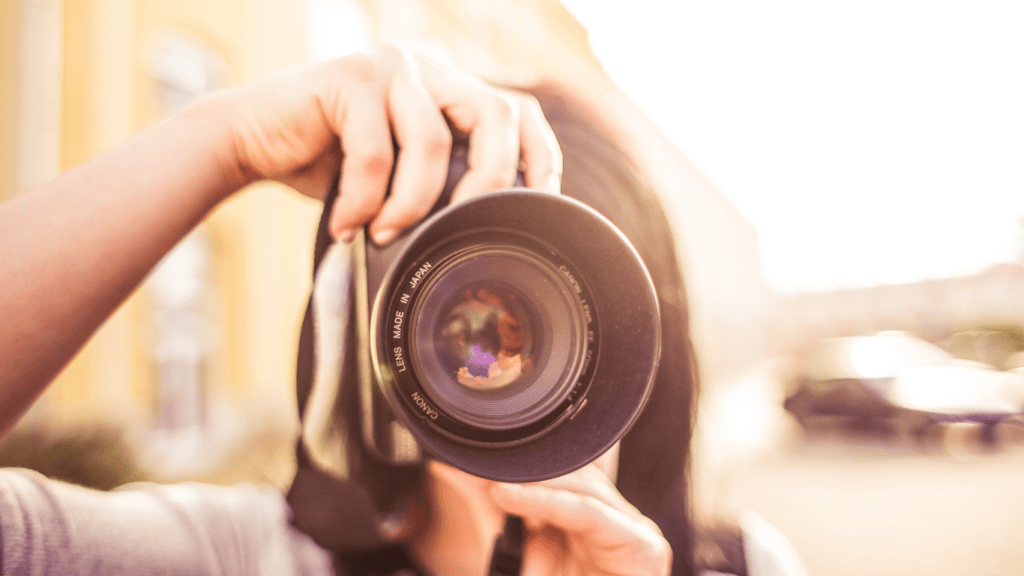When I pick up a camera, I’m not just capturing moments—I’m telling stories. Every frame has the power to evoke emotion, draw viewers in, and leave a lasting impression. But creating images that truly resonate takes more than technical skill; it’s about crafting a connection through visual storytelling.
Overview Of “Shoot Like A Storyteller”
I focus on how photographers can transform their images into compelling stories by embedding emotions and meaning into each frame. Storytelling in photography blends technical elements with a deep understanding of the subject’s emotions. It’s about guiding viewers to connect with the image on a personal level.
Rather than just capturing aesthetically pleasing shots, I emphasize the photographer’s role as a storyteller. By combining lighting, angles, and composition, I believe every frame can evoke a unique emotion or memory. Details like the subject’s expressions or the interplay of shadows and colors contribute significantly to building a narrative.
I aim to provide techniques that help create these emotional connections. From studying the scene’s broader context to focusing on minute details, these approaches ensure that every photograph resonates deeply. Through this, photographers can not only showcase technical expertise but also tell authentic, human-driven stories.
Key Techniques Highlighted In The Book
The book outlines specific methods for crafting images that evoke emotion and tell compelling stories. I explore essential techniques like:
- framing
- lighting
- composition
to help elevate photography as a storytelling medium.
Framing To Tell A Story
Framing defines the narrative boundaries within an image. I focus on using natural elements like windows, doorways, or foliage to draw attention to the subject. By isolating the subject or layering multiple elements, I enhance the depth and context of the story. Centered subjects convey stability, while off-center placement introduces dynamism and intrigue.
Lighting For Mood And Emotion
Lighting transforms the emotional tone of a photograph. I prioritize natural light during golden hours for warm, soft hues or use shadows and highlights to create dramatic tension. Silhouettes emphasize mystery, while side lighting adds texture to amplify emotions. Adjusting artificial light sources or modifying angles helps clarify the intended mood.
Composition Tips For Maximum Impact
Composition impacts how viewers interpret an image. I use techniques like the rule of thirds to structure balanced shots or leading lines to guide focus toward the subject. Negative space amplifies emotional isolation, while symmetry communicates harmony. Deliberate composition choices ensure each frame captivates and holds significance within the story.
Practical Examples And Case Studies

Real-world applications of storytelling in photography highlight techniques to add emotion and depth to images. These examples showcase how photographers can shift from mere documentation to creating emotional narratives.
Emotional Storytelling Through Portraits
- Portraits tell deeply personal stories when emotions and context merge.
- I focus on connecting with the subject to capture authentic expressions. For instance, in a series featuring war veterans, I used soft, diffused lighting to highlight the subject’s faces while maintaining subdued backgrounds to keep the focus on their eyes.
- This approach evoked vulnerability and resilience simultaneously.
- Integrating props or environments also enhances storytelling.
- In one case, I photographed a musician in their dimly lit studio, surrounded by instruments.
- This setting gave the image a narrative about dedication and passion without needing additional explanation.
- Each element in the frame added layers to their story.
Capturing Powerful Landscapes With A Story
Landscapes become compelling when they include narratively significant elements. I emphasize conditions, foreground objects, or human interaction to infuse context. For example, while shooting a storm over a remote beach, I waited for a lone figure to walk into the frame. Their small silhouette contrasted with the vast, chaotic sky, creating a story of solitude and the power of nature.
Another case involved using a leading line—a winding river—to guide attention through the frame toward a distant mountain. This composition sparked curiosity about the journey and the destination. The lighting was carefully timed during the golden hour to evoke warmth and hope, making the image more than just a landscape.
Author’s Approach And Style
I focus on integrating technical precision with emotional depth to create impactful visual stories. My approach prioritizes connecting with the subject, whether it’s a person, a landscape, or an object, to uncover narratives that resonate. Instead of merely documenting scenes, I aim to evoke emotions that allow viewers to form personal connections with the images.
I utilize lighting as a foundational tool to shape the mood of each frame. Soft, diffused light often brings warmth and vulnerability, while stark contrasts created by harsh shadows emphasize drama and tension. I carefully choose lighting angles and intensity based on the emotion I wish to convey.
Composition in my work is deliberate and driven by the narrative. I often employ techniques like leading lines, framing, or balancing elements within the frame to guide the viewer’s eye and accentuate the story’s focus. For instance, I use the rule of thirds to place subjects where they feel dynamic yet natural, creating balance while directing attention.
I approach storytelling in photography with intentionality in detail. Props, environments, and natural textures contribute to the narrative without overpowering the subject. For example, when photographing individuals, I incorporate elements that reflect their personality or context, adding layers to the visual story.
Connecting with the subject or scene is essential in my process. When capturing portraits, I engage in dialogue to create a relaxed atmosphere, leading to authentic expressions. In landscapes, I immerse myself in the surroundings, observing how light, weather, and natural elements align to depict a cohesive narrative.
These stylistic choices aim to move viewers beyond observing the image, inspiring them to feel, think, and explore their interpretations of the story.




